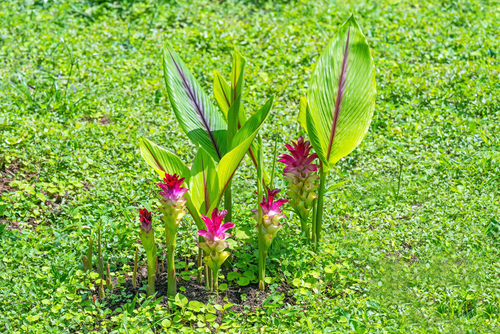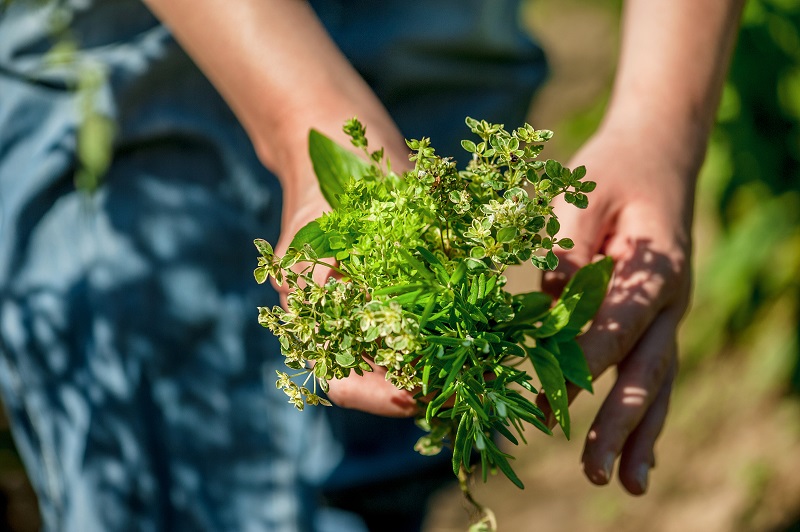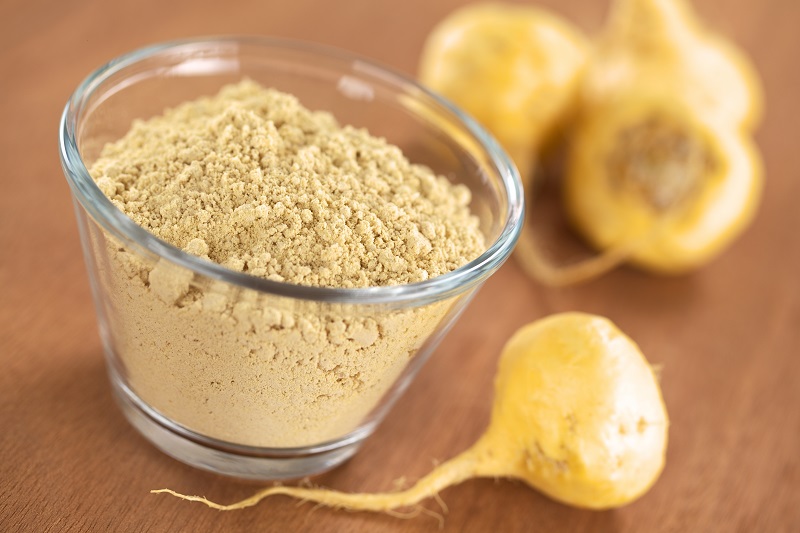Herb Highlights: Turmeric
Introduction
Humans have been using turmeric for medicinal purposes for close to 4000 years.1 It is a part of the ginger family2 and is native to Southeast Asia. Through history to today, it is used in food, Ayurveda and Traditional Chinese Medicine,3 as well as in in marriage2 and religious ceremonies.1 It’s traditional use underlines its cultural importance.
Core of Curcumin
Curcumin, a polyphenol, is a core component of turmeric.4 In addition to other curcuminoids in turmeric, it is responsible for the yellow color of the root and is the target of many health studies.5 The curcuminoids are water-soluble,6 which is why turmeric tea will have such a great color. Curcumin also is the flavoring and an anti-inflammatory agent.7 Therefore, there are many studies that focus on its effects on gastrointestinal symptoms6 and joint pain.8
Curcumin Counterindications
Traditionally, benefits from turmeric are achieved through consuming turmeric as a food and beverage over a long time.1 While turmeric is safe for use, high doses may impact those that are predisposed to kidney stones. 6 As always, please consult your trusted medical professional before using dietary supplements, especially if you are pregnant or breastfeeding.
Sources
1 – Encyclopedia of Medicinal Plants | NCBI
3 – Turmeric | NCCIH
4 – Essential Medicinal Chemistry of Curcumin | Journal
6 – Turmeric | Memorial Sloan Kettering Cancer Center
8 – Turmeric’s anti-inflammatory properties relieve arthritis pain







